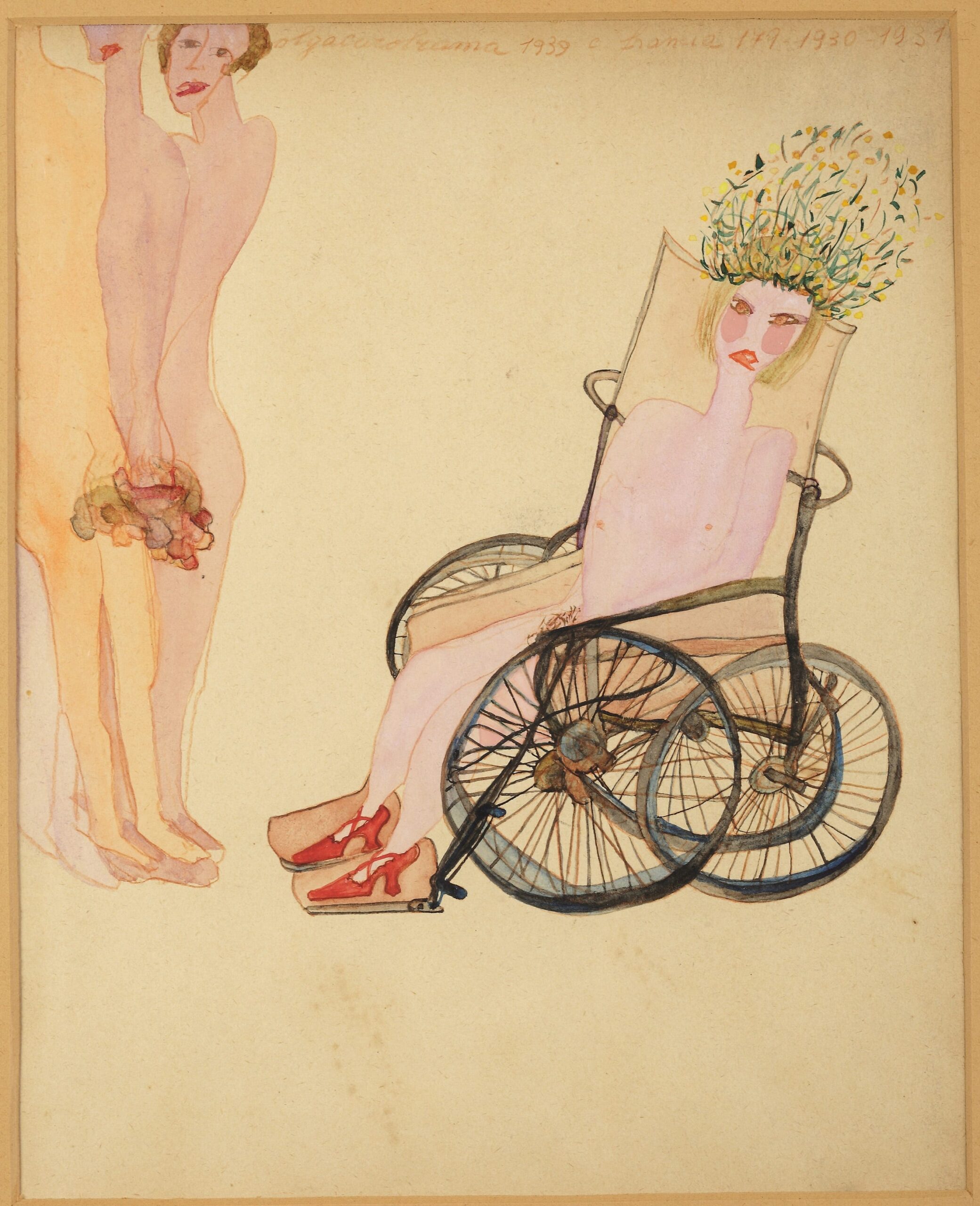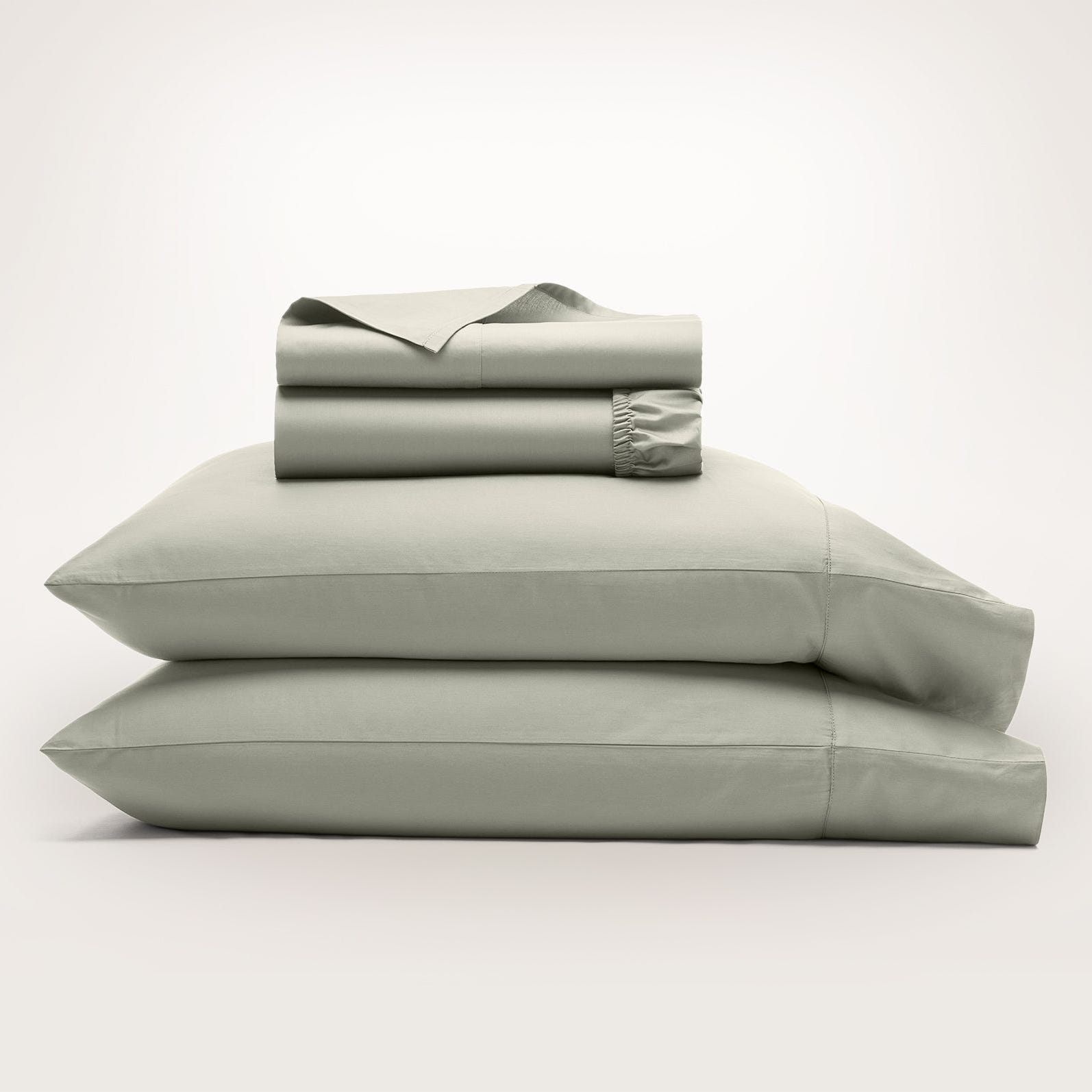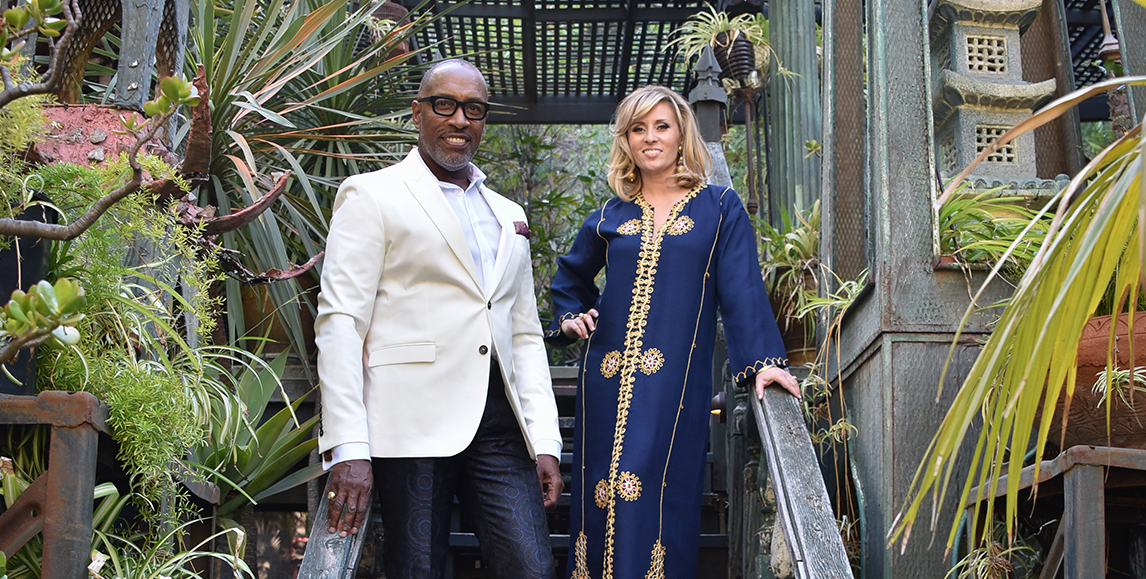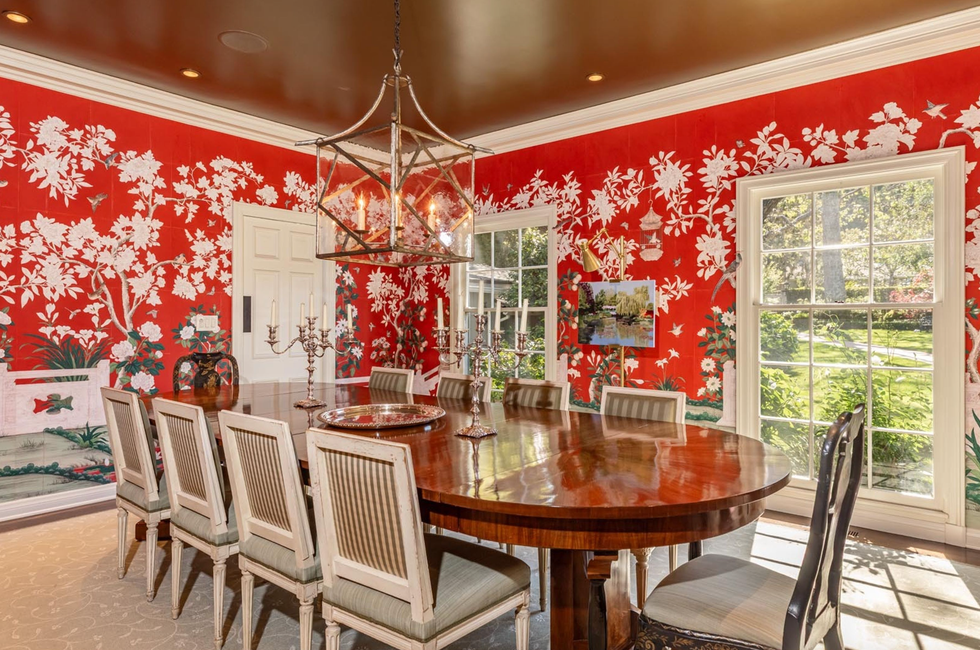Now that summer is in full swing, so are our imaginations. Here, we’ve pulled together a short list of our favorite exhibitions on view for the month of July. Read on for our suggestions.
Carol Rama at the Aspen Art Museum
Aspen, Colorado
Humans go through life trying to understand what it is we are doing here. What are these bodies we are in? How do they relate to other bodies? What feels good? What feels wrong? Can we feel those things together at once? Carol Rama: The Tongue, The Eye, The Foot gives us a glimpse into one woman’s cosmic and anatomical investigation of humanity. Rama was born in Turin as fascism began to rise in Italy. Born bourgeois, she suffered the double trauma of economic hardship and emotional upheaval as her family business shuttered and her mother devolved into mental instability. This frank confrontation with tragedy, coupled with Rama’s lack of institutional training, allowed for a wildly free body of work starting in the 1930s and continuing through the 21st century. In her watercolors and collages, she emphasizes specific points of the body, fracturing it into symbols and sites. Eyeballs cluster to form otherworldly creatures and their gazes follow you through the gallery. Tongues loll out of mouths with wills of their own, divorced from taste or consumption. Feet are generally covered—often the only thing covered—providing a farcical layer between person and place. In Rama’s mind, there is no taboo without value. She explored the forbidden as a fecund source of truth. The exhibition runs through September 7th. —Camille Okhio
Emily Sargent at The Metropolitan Museum of Art
New York, New York
The complexity of truly great watercolors is often overlooked: With their watery consistency, they often feel ephemeral, but the medium’s ability to capture details, particularly of the natural world, can illustrate light and dark unlike anything else. Emily Sargent was a master watercolor artist active in Europe and the United States in the late 19th and 20th centuries. She’s often overlooked in favor of her more famous brother, John Singer Sargent. But, this month, both Sargent siblings will have their own exhibitions at the Metropolitan Museum of Art in New York. Emily Sargent: Portrait of a Family is curated by Dr. Stephanie Herdrich, Alice Pratt Brown Curator of American Painting & Drawings at the Met, a noted scholar on the Sargents.
Look out for Florentine porticos covered in delicate vines and sailors perched on foaming seas among the 26 pieces on offer, which, per the Met, are a recent gift from the artist’s heirs. While the exhibition is intended to compliment the museum’s current blockbuster show, Sargent and Paris, this new view into the talents and life of Emily Sargent is certain to continue to establish the individual career of the younger Sargent. And of course, what could be better than a July afternoon spent among watercolors at the Met? Emily Sargent: Portrait of a Family is on through March 8, 2026. —Dorothy Scarborough
Rosemarie Trockel at Gladstone Gallery and Sprüth Magers
New York, New York
A kiss can mean all manner of things. Love of course. Attraction usually. But also, repulsion, fear, desperation, confusion, and conflict. In Rosemarie Trockel’s two part show at The Kiss at Gladstone Gallery and Material at Sprüth Magers, she explores conflicting realities and binaries through a system of repeated and spliced imagery. Trockel repurposes familiar forms, removing and adding layers of meaning to communicate the tension of an object or person without context. The historic works that make up the Sprüth Magers half of the show deal largely with social dynamics. The plexiglass wall sculptures that make up Less-than (2017) use the outmoded symbolism of punch cards to consider the gender norms that contributed to and emerged out of the industrialization of previously solely domestic labor. At Gladstone Gallery, the work from which the show takes its title, The Kiss, uses orientation to turn an icon of confinement and injustice (a prison door) into something of a birdcage or path to freedom. Like the loaded gesture of affection Trockel references in the title her show, The Kiss can communicate whatever the visitor projects onto it. On view through August 1. —C.O.
Vermeer’s Love Letters at The Frick Collection
New York, New York
The first show in The Frick Collection’s new Ronald S. Lauder Exhibition Galleries was always going to be buzzy. But, in Vermeer’s Love Letters, the museum put together an exhibit worth seeing even outside of its venue. The show consists of just three paintings by the Dutch artist: the Frick’s Mistress and Maid with two on loan pieces, The Love Letter and Woman Writing a Letter With Her Maid. All three include ladies and their maids, exploring both the role of class and the epistolary tradition in the 17th century. These women entrusted all of their correspondence, especially covert love letters, with their employees—they often became the gatekeepers of courtship. Vermeer spotlights this peculiar yet common relationship, displaying it alongside his signature deft in portraying light, drapery, and perspective. See the exhibit—the first dedicated to Vermeer in New York in over two decades—and then stop by the museum’s new cafe, Westmoreland, for a well deserved scone. The show runs through August 31. —Annie Goldsmith
«Tanit» by Sabine Marcelis at Six Senses Ibiza
Ibiza, Spain
Dutch artist and designer Sabine Marcelis, who’s collaborated with everyone from IKEA to La Prairie, debuted a new site specific sculpture at the Six Senses Ibiza resort last week. Dubbed «Tanit,» after the ancient Phoenician goddess of fertility and the moon, the work was curated by the island’s own Soleille Gallery and produced with Lyma, makers of the popular anti-aging laser, who are also debuting new treatments at the on-site spa. Tucked away on a rocky beach cove, the piece is covered in reflective colored glass and designed to capture and reflect the sun’s light throughout the day. The effect calls to mind the opening credits of Stanley Kubrick’s 2001: A Space Odyssey, just substitute the attendant apes for a few itinerant DJs on holiday. —Sean Santiago








